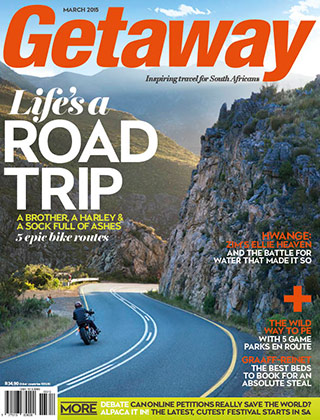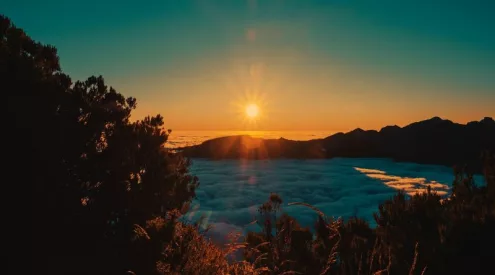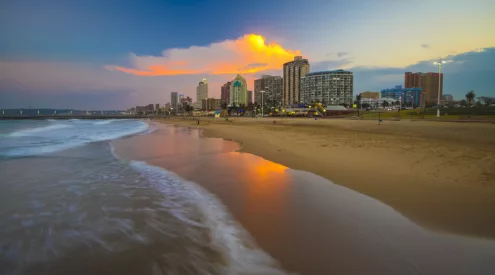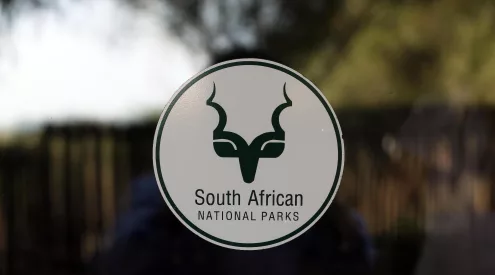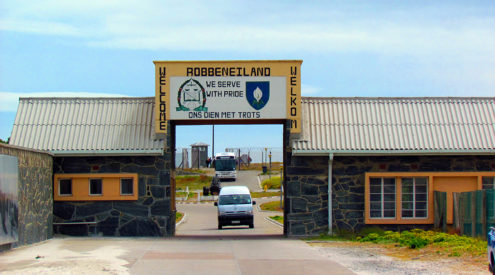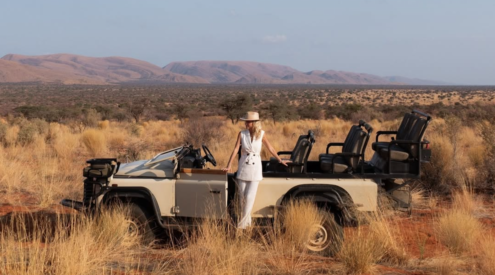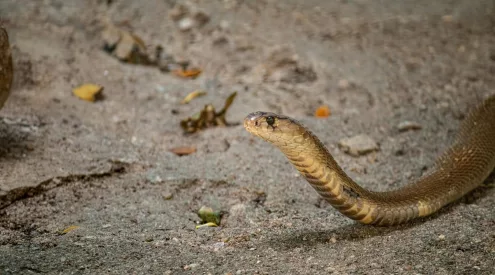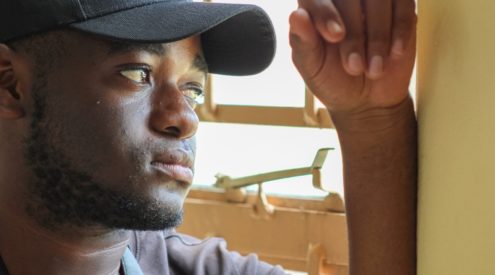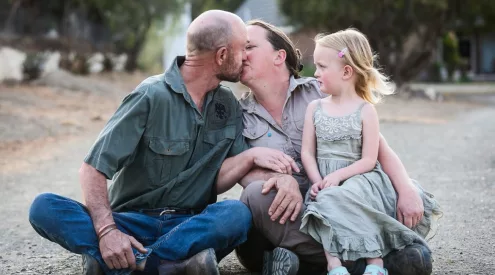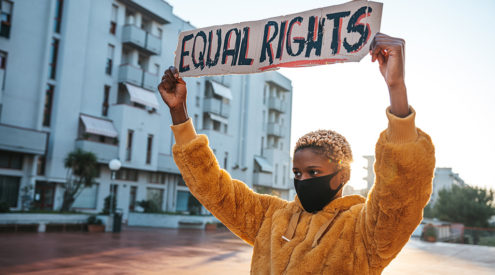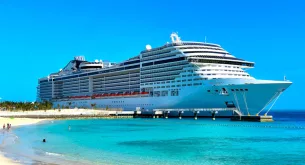Signing petitions has become part of online life, but does your signature really make a difference? By Janine Stephen.

Click. It felt too easy. A button on a mouse on a PC in a flat in Cape Town. Could it really make a difference to lesser flamingos 950 kilometres away on Kamfers Dam near Kimberley? Raw sewage was flooding into the dam; chicks were drowning, action was needed. Was the urge to swiftly sign and press send mere clicktivism? Could signing a call to end rhino poaching make a dent in the slaughter? Or – click click – force a neglectful municipality to save a Ramsar-listed wetland in Mpumalanga?
Petitions have become ubiquitous. Entire sites are dedicated to their creation.
‘Care2.com provides powerful tools to make a difference in your life, your community, and the world,’ bugles founder Randy Paynter. Change.org’s Ben Rattray argues that petitions generated on sites, like his, help government and company policy ‘reflect the public good rather than private interests’. And Avaaz says the petitions signed by its 40 million-odd members have helped do everything from stop a Bolivian highway slice across the Amazon to end unregulated ivory trading in Thailand.
On the flip side, Malcolm Gladwell has written in the New Yorker that social media tools ‘make it easier for activists to express themselves, and harder for that expression to have any impact’. Do the petitions we generate with such ease really give the decision makers pause for thought?
A number of South African conservation organisations believe well-considered petitions are a useful arrow in the activist’s quiver. But they can’t be muzzy, blunt instruments: they need to be finely honed.
‘The petitions that work are the ones backed by leading names: well-known personalities, good NGOs,’ says Sheelagh Antrobus of Project Rhino KZN, an umbrella group that unites anti-poaching and rhino conservation groups.
‘An example is the Save Our iMfolozi Wilderness Area, which had the backing of the late Ian Player (iMfolozi, the reserve where the white rhino was saved from extinction, faces the prospect of an open-cast anthracite mine on its border). It has a very clear and sound objective and it’s sustainable. A petition with a very broad, idealistic statement, such as “We call on the president to stop rhino poaching” ‒ that kind of thing doesn’t hold much weight.’
Greenpeace Africa’s head of digital, Mike Baillie, says petitions provide an accessible platform for people’s voices to be heard, but agrees that they need focus.
‘Petitions … demonstrate what kind of public support there is around a particular issue. Public pressure is vital for getting governments and corporations to change,’ he says.
‘A successful petition requires a plausible theory of change the dominoes that link a petition to a final outcome have to line up. Getting a million signatures means nothing if the final target won’t be swayed by public pressure. That’s why petitions work particularly well against public corporations: they have a public image. Compare that to a faceless dictator for whom a public outcry is unlikely to mean much at all.’
Petitions organised by reputable NGOs will also reach their target. In 2014, Greenpeace handed some 25000 signatures to the Department of Environmental Affairs, opposing Eskom’s request to be allowed to postpone compliance with air-quality legislation (the beleaguered parastatal is pleading poverty).
‘It was clear that members of the department feel that it is important that people’s concerns regarding the health impacts of air pollution are made public, together with calls for compliance with air quality legislation,’ says Baillie. ‘Public support for what may otherwise be seen as “politically difficult” decisions is crucially important.’
Department of Environmental Affairs spokesman Albi Modise confirmed that petitions make it all the way to the targeted official or minister. Recent petitions received include the Greenpeace one, and a more formal legal AfriForum letter of demand, requesting emergency measures be put in place to curb rhino poaching.
The Greenpeace signatures went to the National Air Quality Officer and the minister, as ‘political principal’ to keep her informed. ‘Petitions are helpful in that the government is reminded of the general public’s concerns,’ Modise said. Signatures provide a barometer of public opinion and apply moral pressure, but have no real legal standing.
The World Wide Fund for Nature in South Africa is reserved about petition use.
‘We only use petitions in a limited capacity and with some success. It is not our usual approach,’ said Pedzi Gozo in an emailed response.
Birdlife SA also isn’t big on petitions. Its advocacy ‘is conducted through engagement with relevant decision makers, whether through a public participation process or through one-on-one meetings’, policy and advocacy programme manager Simon Gear wrote in a mail.
The Endangered Wildlife Trust, however, recently hit the Internet to call on the Department of Arts and Culture (DAC) to recognise the spiky girdled lizard, Smaug giganteus, as SA’s national lizard.
‘We decided to use a petition partially as an awareness campaign and partially to show that the species does have public support,’ says Dr Ian Little. ‘We chose Avaaz because it is a popular petition site, easy to use and quite honestly the only online petition that I know of.’
Avaaz does seem to be the site of the moment. The Observer calls it a ‘huge and influential player on the world stage’ and quoted a staff member saying ‘heads of state pay attention, I can tell you that’. Richard Lee, Avaaz media campaign director, noted that the iMfolozi campaign already had support from more than 53000 people by the end of January 2015, and provincial authorities had rejected the environmental impact assessment after ‘legal critique’ by the campaign.
‘Avaaz always ensures that the target of each petition is aware of the campaign and knows how many people have signed up,’ Lee wrote. ‘Often this involves delivering the petition to the targeted president or minister, but not always. Sometimes, it will be used to focus media attention on an issue or to support high-level advocacy.’
It’s worth noting whether a petition is a community petition, or has been taken up as an official Avaaz or Change.org project. Any individual can post a petition – ‘the community petitions are in the hands of the creators. It is up to them to follow through.’ Of course, not everyone does. Be wary of poorly scripted petitions with no real deadline – but this doesn’t mean avoid small, local petitions. These can be picked up by the bigger site – as happened with iMfolozi – or gather influential support.
The campaign that saw Change.org go really big was South African: a lone woman, Ndumie Funda, went to an Internet café in Cape Town and poured out her heart about corrective rape. Her petition went viral.
As Baillie infers, not all petitions are equal. ‘Look carefully at the petition: is there a clear target, does the theory of change seem credible, is there a specific outcome being called for?’
Baillie doesn’t think signatures on old-fashioned paper carry more weight, but local support does. ‘A million-signature petition to a councillor is bound to be more powerful if the signatures are from local community members, compared to, say, a million people in Russia.’ The local support thing takes on extra resonance in South Africa. Signatures ideally need to be widely representative even if just to counter perceptions that the issue touches only one sector of society.
But what does all this mean for you and me, fingers poised, desperate to do something to help our natural world? As Baillie says, social media can be fickle. Yet judging from the successes, I don’t think clicktivism should feel too easy. Why let silence win? Having a voice and using it is one of the delights of the Internet. And petitions can always be a first step to becoming engaged and getting involved in an organisation. So that when finally away from your desk, you can go and do more to rock your world.
Petitions that have saved the day in SA
- Pre-social media, petitions were launched to save St Lucia from coastal dune mining. Over 500000 signatures were gathered in four years. The government scrapped the mining plans in 1995 and iSimangaliso Wetland Park now conserves ‘most of South Africa’s swamp forests’ and is the last ‘significant breeding ground’ for leatherback and loggerhead turtles in South Africa.
- Durban, 2011. Global leaders had gathered for climate change talks. The Kyoto Protocol was about to expire and powerful nations were stalling the adoption of a new version. Avaaz gathered over 800000 signatures and sent them to negotiators. It believes this pressure won commitment to a new treaty by 2015 rather than 2020.
- In 2013, Eskom was accused of spying on Greenpeace Africa, Earthlife Africa, and groundWork. ‘We asked people to email Eskom directors, calling on them to investigate the allegations, apologise, and make their findings public,’ says Greenpeace’s Mike Baillie. ‘In November 2013, Eskom did publicly apologise.’
- The lion bone trade is an offshoot of canned hunting. An Avaaz petition asking President Jacob Zuma to ban the trade has gathered almost two million signatures. Posters were put up in airports and received a boost when the Airports Company removed them in 2013. The ensuing court case attracted massive attention, and Avaaz won. A ban on bones, however, is yet to materialise.
This article first appeared in the March 2015 issue of Getaway magazine.
